I have been using sprit rigs for decades and currently have one for my Good Little Skiff and two of them for my Delaware ducker. Of late, sprit rigs seem to have become less popular for small boats than the lug, which is more easily reefed. But there is a lot to be said for a sprit rig, whether boomed or boomless. If set up the way fishermen and hunters once had them, they are ideal for trailerable boats. The sail is laced to the mast and can be dropped into the step, a sheet reeved, and off you go. My sprit rigs live in long, loose, and slippery bags of light fabric. To unpack a bag, I untie it, flick the rig vertical, and pull the bag down; I’m ready to step the mast with everything attached to it. To put the rig away, I lift up the foot and pull the bag on over it, then work it along the bundled sail and spars. For transport, a bag sewn of light, slippery cloth keeps the bundled sprit rig compact and not prone to getting snagged. Ben Fuller
Ben Fuller
Join The Conversation
We welcome your comments about this article. If you’d like to include a photo or a video with your comment, please email the file or link.
Comments (7)
Comments are closed.
Stay On Course


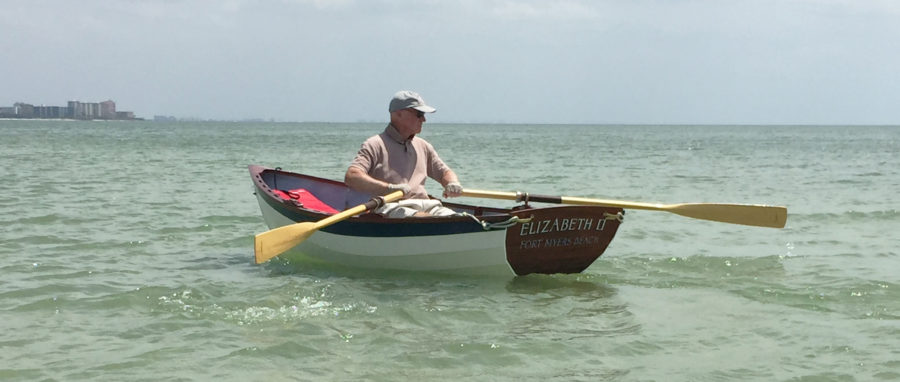
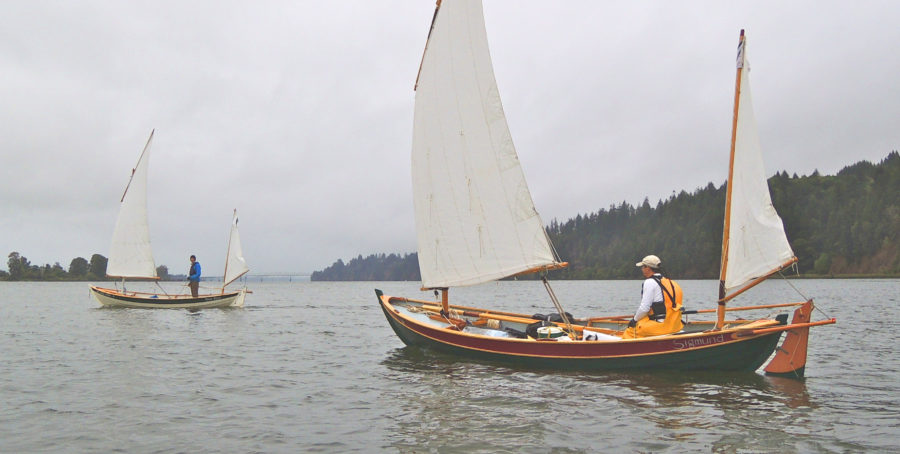

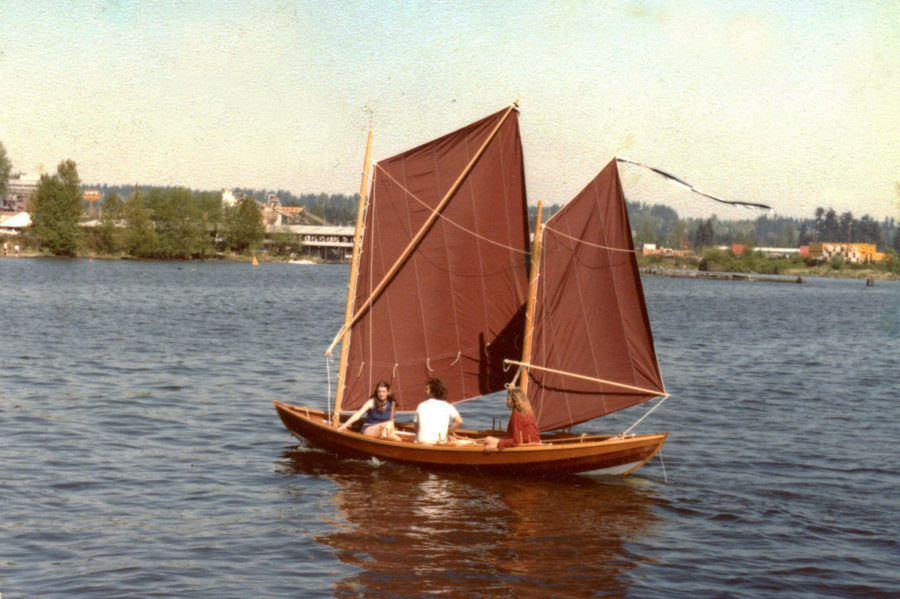
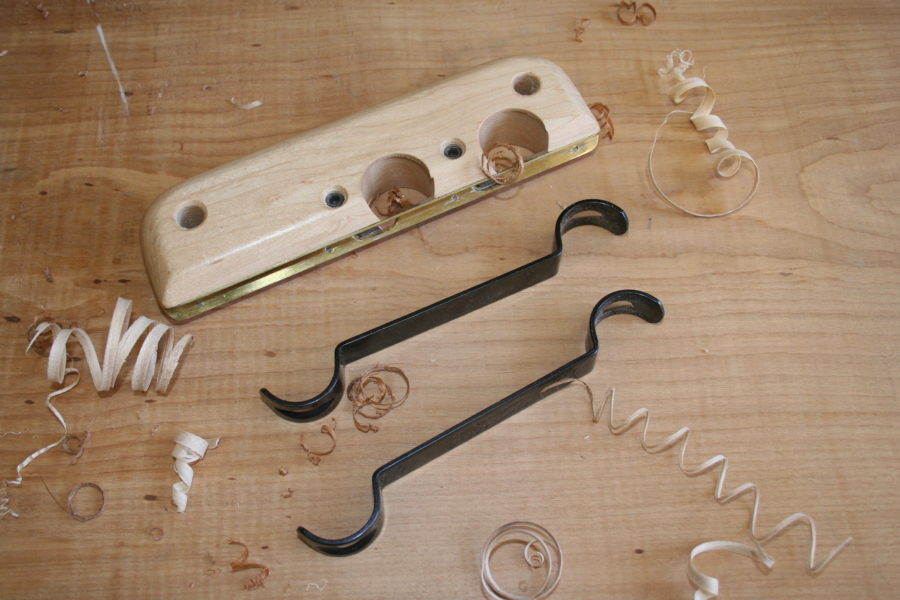
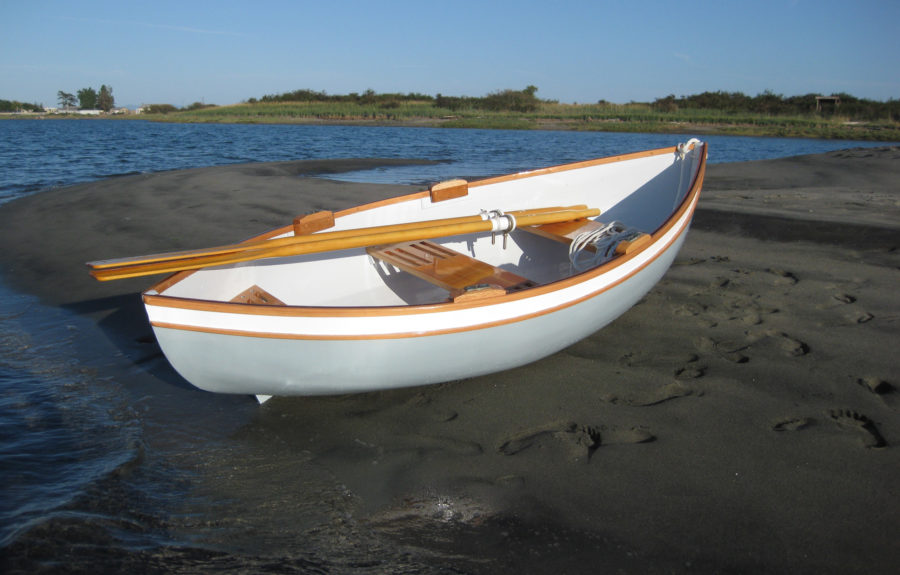
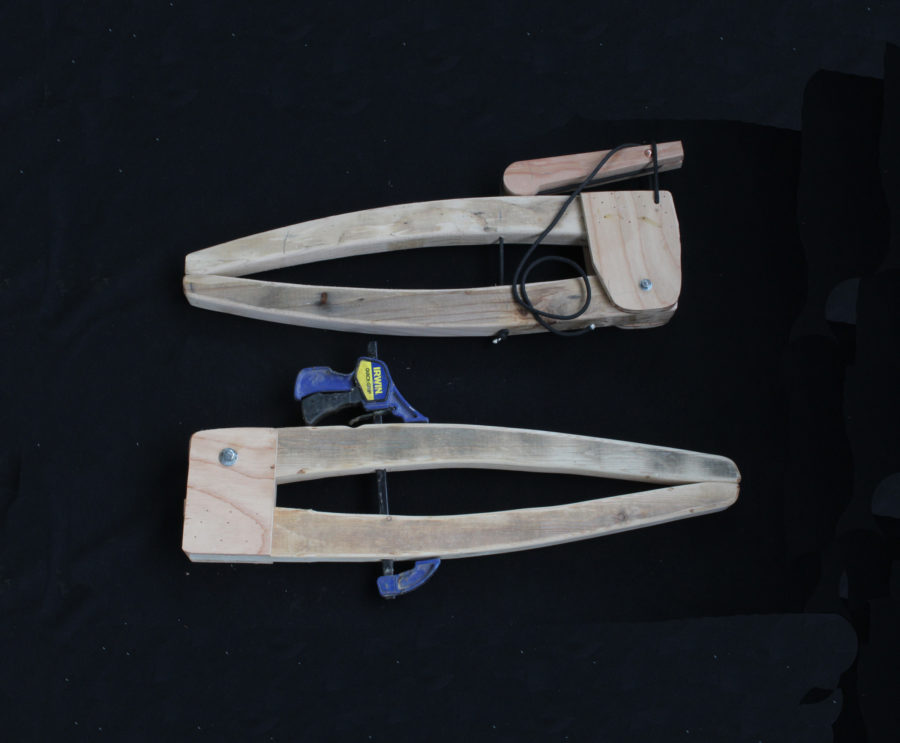

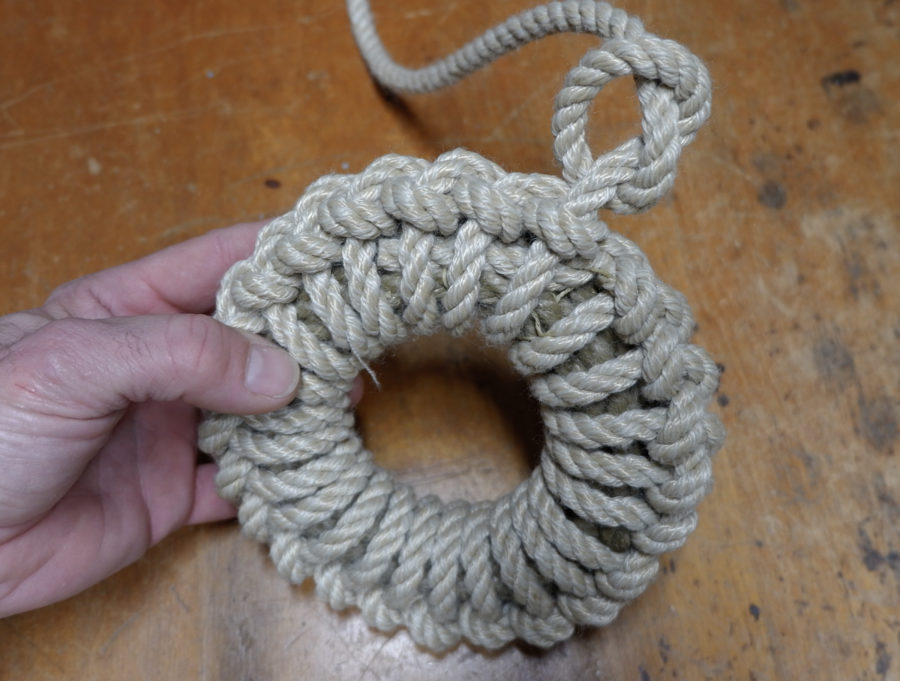
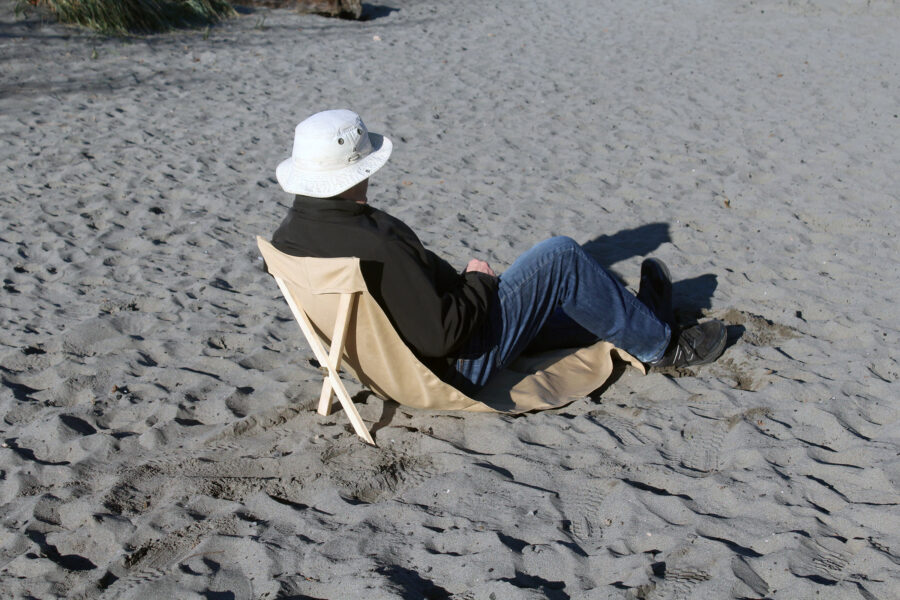
I’d sure like to see more about that nice “barge boat,” for lack of a better name. In a power format it could serve the needs of my future “home on wheels,” that is, something I can tow behind a regular car, and sleep and eat in while on the way both on the road and on the water. That’s a nice boat. Maybe you would consider a follow-on article about that. I’m not much interested in sail power—I had some bad and dangerous experiences. Thanks for sharing.
You can get a glimpse of the boat in my article “San Juan Island Solo.” The hull is a garvey form that was inspired by a pedal-powered boat designed by the late Phil Theil and the rest of the boat I made up as I went along, making sketches and mocking up interior arrangements.
Jim –
The Cunningham cruising boat is a very nice, practical cruising solution. For kit-boat alternatives, check out Fred Shell’s schooners or schooner cat.
I have a sprit sail on my 60 year old “launch” and know a fair bit of the language of boats but most of this went over my head (as the boom should).
This all is a lot easier if you lay the rig down on the ground and walk around looking at the corners. When I do this is a workshop, comprehension ensues. Have fun.
Ah heck, if it is that windy that you are considering reefing, do what the old timers did. Just pop out the sprit, chuck it in the boat and keep sailing. It’s simple, easy and you’ll make it home safely.
I learned to sail on the spritsail-rigged Seaford Skiff RORO now in Mystic Seaport. I currently volunteer as captain on SPIRIT OF ROANOKE ISLAND, a spritsail-rigged shadboat at the Roanoke Island Maritime Museum in Manteo, North Carolina.
I agree. My ducker has no reef points at all. The peak pennant is still real handy. Once the peak is unshipped you have a handy bit of line to tie the peak down to the tack to keep everything from flapping around.